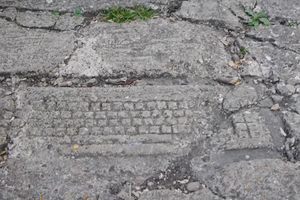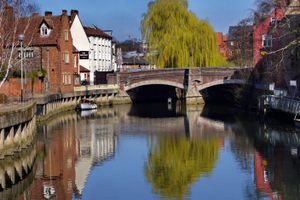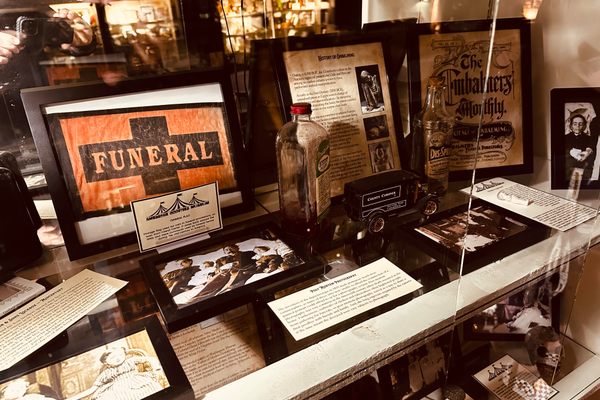About
The name of this historic alley, "Tombland," is a bit misleading, as it has nothing to do with the burying of the dead. Instead, it is the combination of two Old English words meaning "open ground" or "empty space." This does not, however, negate the strange goings-on that occurred in this area once known as the central marketplace of Norwich.
The most striking feature of Tombland Alley is the often-photographed Augustine Steward House, established in the early part of the 16th century. It was used as the headquarters for the Earl of Warwick's army during the Kett's Rebellion in 1549. Yet it gets its eerie reputation for an event that took place many years later, in 1578.
During the latter part of the 16th century, Norwich experienced an outbreak of the plague. In fact, many of the victims are buried in St. George Tombland churchyard adjacent to the alley. But what gives this area its sinister atmosphere is what became of the occupants of the Augustine Steward House.
Legend has it the residents died of the plague and were boarded up inside the house. But, the story goes, one young girl was still alive, and subsequently starved to death. It is her ghost that is said to haunt the premises. There have been reports of her apparition seen materializing around the alleyway, her legs "fading away below the knees."
Related Tags
Know Before You Go
The alleyway itself is freely accessible at any time. The Augustine Seward House is not open to the public. There are several businesses that dot the area, so you might be able to gain entry, but the locale is best viewed from the surrounding area.
Published
May 21, 2019
















































